Everyone wants a secret recipe that will help them hack sales and turn their company into a fast-growing startup. The problem is—there is not a “one-size-fits-all” option.

There is a reason growth marketers are highly paid and in high demand. In order for a company to “hack sales,” they have to drill deep down into their customers’ buying habits, desires, and actions, as well as the company’s current procedures.
Once you have a good idea of the how and why of it all, you’re ready to start experimenting with ways to grow things rapidly this 2021.
This is a tactical post on the sales process on how to hack sales learned from the Sales Development Playbook by Trish Bertuzzi.
How to Hack Sales — The Foundation (The 5 Whys)
The very first step when developing your sales process is to look at the situation from your customers’ point of view.
The very 1st step when developing your sales process is to look at the situation from your customers' point of view. Share on XIf you look at the situation from your position, as the business owner or salesman, YOU WILL FAIL.

Every business owner or salesman thinks they have the best product and the best customer service in the industry.
Most of the time, the reality is they don’t.
They are incentivized to sell, so they are 100% biased.
To really build the best sales process you can, you MUST understand how your actual prospects see the situation. You can hack sales by running through the 5 whys.
Why:
- Listen?
- Care?
- Change?
- You?
- Now?
1 Answer the Question: Why listen?
Your prospect is exponentially busy. Everyone is. It is your job to make it abundantly clear what benefit it will be to your prospect why they should even listen to you.
Desired outcome: Peak the curiosity of your prospect Next step: Introductory meeting
2 Tell Them: Why care?
Once you pique the curiosity of your prospect, you must then make it clear to her why she should care about this topic. You’ve heard some of the stats on exactly how much time you have to grab someone’s attention.
Estimates indicate people see between 2,000 – 3,000 advertisements per day. So the few that do catch the attention of their prospects must still powerfully continue the process of explaining why the prospect should care about this topic.
Desired outcome: Genuine interest from your prospect Next step: Discovery call
3 Convince Them: Why change?
Your biggest competitor just might be the status quo. Your prospect doing NOTHING. Think about it; change is hard. Staying the same is easy. So in this stage, you need to emphasize just how much better her life is going to be by making the change.
Desired outcome: Active and ready to take action Next step: Pipeline opportunity
4 Prove Yourself: Why you?
After your prospect has decided to make a change, you want to make sure it is YOU that she decides to go with! Of course, that’s why you’re learning how to hack sales.
In this stage, you can show direct comparisons to the competition, emphasizing the points that you have a unique advantage. Or at least finding the points that your individual prospect is most interested in.
Desired outcome: Prospect is committed to you Next step: Forecast opportunity
5 State the Urgency: Why now?
The final step is the process to get the actual signature. How many times have you made a sale, but the customers take time to make it official. In this case, you run the risk of them forgetting or something else coming along. So this final stage is to somehow expedite the urgency and close the deal.
Desired outcome: Prospect is committed to now Next step: A win
Introductory vs. Qualified Meeting Strategy
There are two main sales models to choose between: Setting introductory meetings versus generating qualified opportunities. The correct method depends on your product and market maturity level.

Introductory Meetings: Prospects have a sense of your overall value proposition but haven’t been qualified as to their readiness or ability to move forward.
Qualified opportunity: Prospects have reached a qualification threshold. At some level, this means:
- A problem has been identified
- A potential solution was introduced
- And the prospect has committed to a next step
You should deploy an introductory meeting model when the market for your product is immature and/or when your account executives need more at-bats.
For instance, CRM software is a mature market. Most big companies have a solution in place, and making a change is a major hassle. So you would never want your sales reps (SDRs) setting introductory meetings for closers; it would waste everyone’s time.
But if you are selling predictive lead scoring, that market is still new, as is the concept itself. So reps should focus on setting as many intro meetings as possible to give the organization a chance to elaborate on the problem they solve.
“If SDRs are booking meetings with the right types of companies, the right people within them, and the prospects are at least curious about addressing a potential pain point, then the reps have done their jobs well.”

The Right Solution for You
For startups, cold email can be a great way to set up introductory meetings.
Instead of paying a full-time SDR to set these meetings, you can send a couple of hundred conversational emails to your specific target market. LeadFuze has introduced a tool that combines both prospecting (finding the right people at each company) and sending (personal one-to-one emails) all in one central database/software/dashboard.
The choice between the introductory call vs. qualified meeting strategy will be a key decision as you build a sales team.
The correct choice may change over time as your market grows and adapts as well.
Sales Process Execution
Your Goal: Create Compelling Conversations
It’s painful to read a typical cold email. Almost always a long, drawn-out version of…
“I’m awesome because of this, and this, and this…BUY NOW!”
This never really works.
The key is a conversational message. The only job of the initial email is to start a real conversation, like a normal human being.
Not close the entire sale.
After this first message, maybe your website/free trial/email autoresponder takes over and makes the sale, or maybe a live salesman takes over. But never lead with a message that tries to close too early. All cheese, no whiskers.

We want to enter the conversation that is currently bouncing around in your prospect’s head.
What is she legitimately having a problem with? How can your product alleviate this pain? Does she see it this way also?
How does she currently view this problem? How can we introduce you/your story in a way that builds trust and intrigue without raising salesy red flags (if at all)?
This will shape how we can start a compelling conversation that won’t be deleted as junk right away.
1 Architect Your Outreach
The average sales rep only makes between 1.7 and 2.1 attempts at contacting a new prospect. Share on XWe’ve all seen the research that it takes an average of 7 contacts before a prospect is ready to take action, so why is the average only 2 attempts?
Most likely because the company does not have a formal cadence process in place. The prospecting is haphazardly left up to the individual sales reps. So when they don’t hear back right away, it becomes easy to forget about following up any further.
2 The Multi-Touch Approach
The best outreach programs get creative with their messages. Start with a phone call, then an email that references the content of the phone call in some way.
If still no response, try another phone call (with a new message) followed by an email that references something else. Use your understanding and empathy of your prospects’ situation to write messages that they may actually be interested in.
Many reps don’t bother to leave voicemails because very few of them are ever turned into return calls.
But that type of thinking misses the bigger picture because that voicemail can help to get your email replied to or help set up future interactions by giving your prospect something to get excited about, or at least pique their curiosity.
Once you’ve learned how to start a cold email, grab this guide which gives you 10 tips you need to be using to maximize your cold emails!
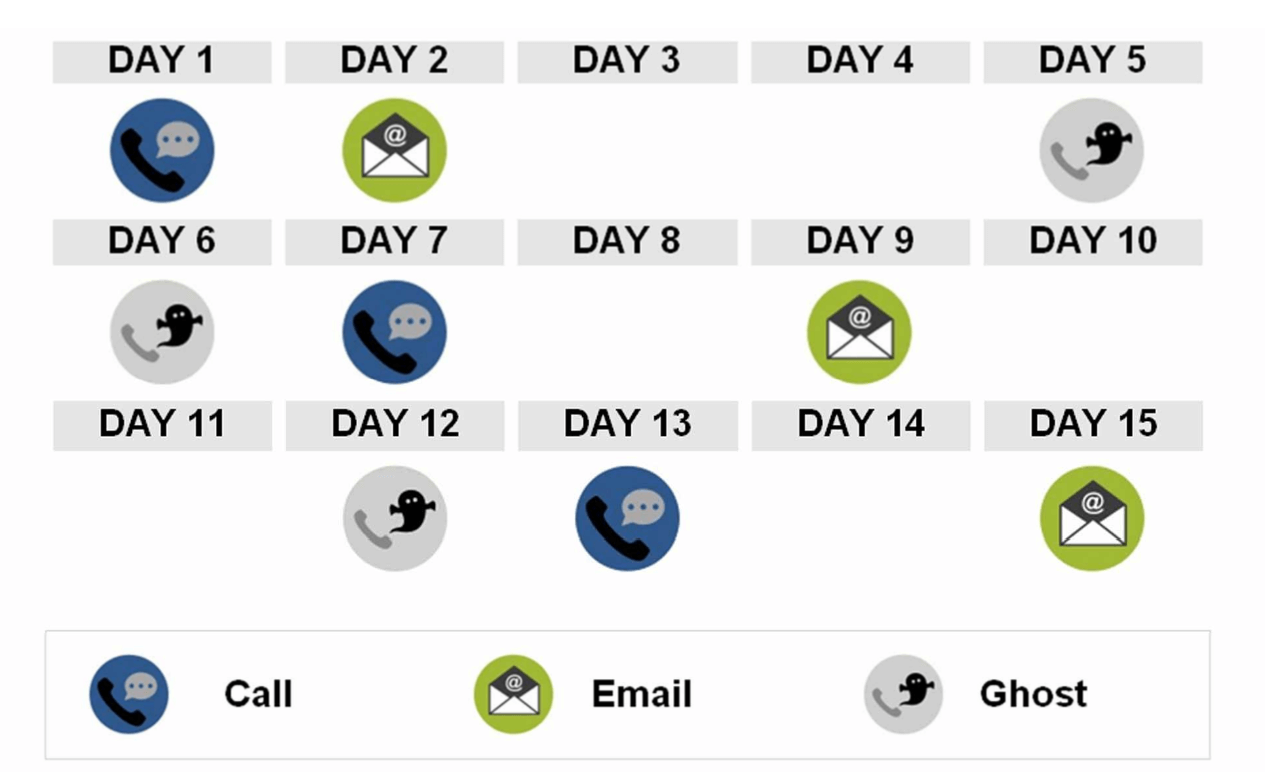
Justin Roff-Marsh is the author of The Machine, which outlines an engineering mentality to building a sales team.
I had a few questions for Justin on how to best build a sales team.
You can listen to it right here:
[smart_track_player url=”http://traffic.libsyn.com/leadfuze/Playbook-episode8-JRM.mp3″ title=”008: Justin Roff-Marsh, The Machine” image=”https://leadfuze.com/wp-content/uploads/2016/06/Justin-Roff-Marsh.jpg” social=”true” social_twitter=”true” social_facebook=”true” social_gplus=”true” ]8 Signs That Your Current Sales Development Process Needs a Makeover
Wouldn’t it be great if you simply got a calendar reminder from the marketing Gods telling you that today is the day you change up your marketing process and hack sales?
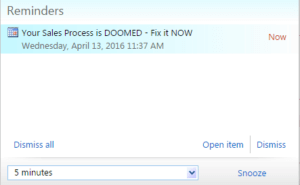
Well, the chances of THAT happening aren’t so great – sorry!
But there are many subtle messages warning you of imminent doom you are being sent daily – you just need to start noticing them.
In fact, if any of these 8 signs sound eerily similar to your current sales process, it’s time you make the change.
Don’t panic; once we help you identify that you are in trouble, we will help you rebuild your sales process from the bottom up. You will be experts who hack sales in no time.
1 Challenges Differentiating Between Qualified Leads and Unqualified Leads
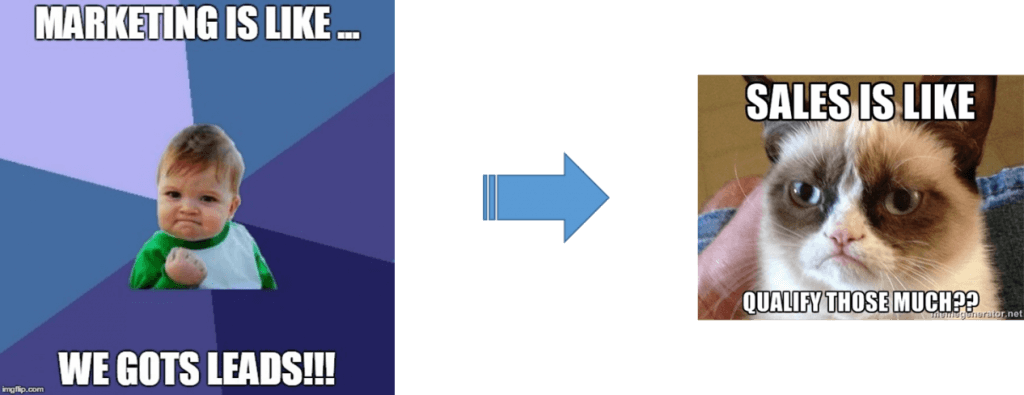
One of the most common issues we face in sales is learning to identify when a lead is qualified to make the purchase and when someone is just browsing around.
We don’t want to spend all of our time chasing a lead that will never amount to anything.
This is why a properly functioning sales process has a thorough lead qualifying process.
Does yours?
If not, now you know where to begin!
Here are four great questions to help qualify a prospect from Destinationcrm.com
1. Do they have a strong need for your product or services?
2. Is there a sufficient budget in place?
3. Are you speaking with the decision-makers, and are they engaged in the process?
4. What’s the timetable they have in mind for making a purchase?
While your own company may include other qualifying questions, you get the idea. Find the right questions for your company and make this part of your sales process.
Differentiating between qualified leads and unqualified ones will save your team lots of time and ultimately help you chase those leads that will more often end in conversion.
2 You Don’t Have Definite Sales Process Stages Defined

Nothing throws a wrench in the works faster than confusion.
If your sales process stages are confusing or undefined, your team is likely working in chaos.
Sure it may seem like things are going well with a quick glance, but do you actually know what your team is doing to follow and nurture leads?
What process are they going through?
If you are unsure, it’s time to tighten up your process, define your stages, and get your entire team on the same page.
How many stages are there exactly? Chances are you will hear anywhere from 5 to 7, but this 5 step process from pipeliner seems to get it just right.
1. Lead generation – where does your team go to find prospects?
2. Lead qualification – what questions does your team ask to qualify those prospects?
3. Demonstration of value to prospects – in what way does your team demonstrate the value of your products?
4. Guide prospects’ understanding of products and services – how does your team manage objections? How do they navigate these while educating the prospect?
5. Deliver and support – is your team delivering within expectations and continuing to nurture the client relationship after the sale?
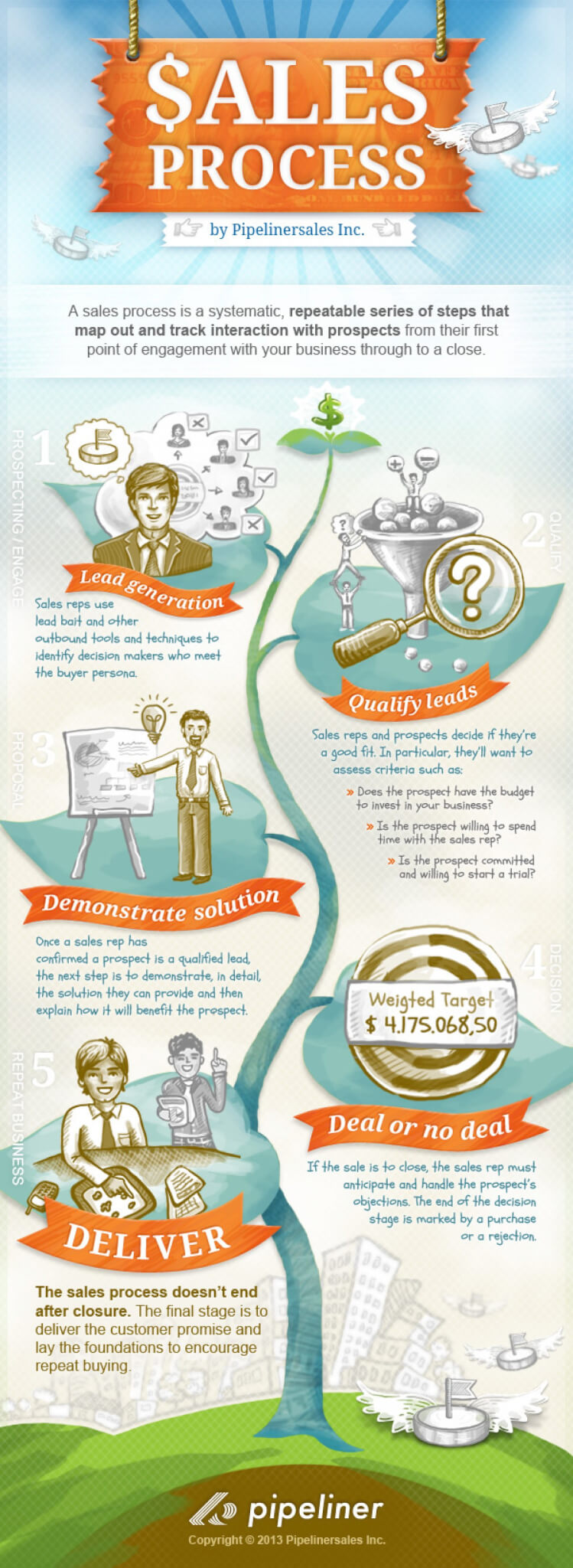
By adhering to a specific sales process and defining each stage, you are providing a road map for success for your sales team.
Chaos is your enemy – make the process easy to define and follow!
3 Follow-Up Etiquette is Not Up to Par
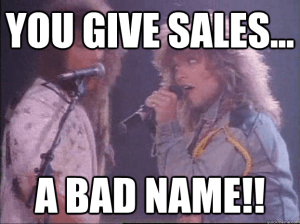
If you don’t have a step in place to manage follow-up on both ends (before and after conversion), your sales process is in real trouble.
If you have this step in place but aren’t following up in a timely manner, you are even worse off! You are turning off prospects and essentially inviting them to look elsewhere!
The solution?
Get some real guidelines in place!
Entrepreneur suggests the following 5 tips for prospect communications:
-
Be sure you are sending relevant, valuable information to each prospect relentlessly and on a regular basis.
-
Find efficient ways to communicate with prospects, aside from the usual one-on-one.
-
Log every communication your salesperson has with the prospect in a specific and organized manner.
-
Arm your team with a full arsenal of targeted, specific information to send prospects the moment they request it.
-
Have your team track the process of each lead so you can know where they stand. This eliminates ignoring leads when they need to be nurtured!
4 You Aren’t Nurturing the Client Relationship After the Sale
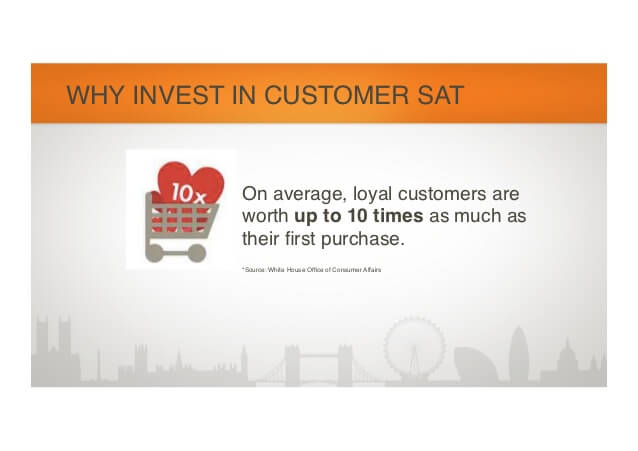
How what about the recent buyers?
These people have already shimmied down the sales funnel and have made their purchases.
Keep this stat in mind –
“On average, loyal customers are worth up to 10 times as much as their first purchase.” – Source: White House Office of Consumer Affairs
Why on earth would you NOT follow up with them in a timely manner?
Just as you will now have a lead follow-up process in place, it’s time to set up a process for retaining communication with current customers.
There are many ways you can hack sales, but many companies have success with email campaigns. This fits in well with setting up a concrete sales process.
When your communication is automated, there is less chance to drop the ball.
Email software company Constant Contact, suggests the following ideas for nurturing your customer relations:
Create a welcome email – this instant response speaks to the person in a relevant timeline. Keep it light and friendly, and make sure you are providing contact information and a promise of their security entrusting you with their information.
Send a thank-you email with an incentive to purchase again – this is your chance to make the thank you very personal and make a second sale by encouraging them to take advantage of an offer.
Offer help – even after the customer has made a purchase, they could still benefit by being educated about other products or services you offer. This may encourage another sale and keeps your brand fresh in their mind.
Ask for feedback – whether this is done with a sales call or through email, asking for feedback is a great way to show your customer you care about their experience and what they have to say
5 You’re Missing a Common Sales Language
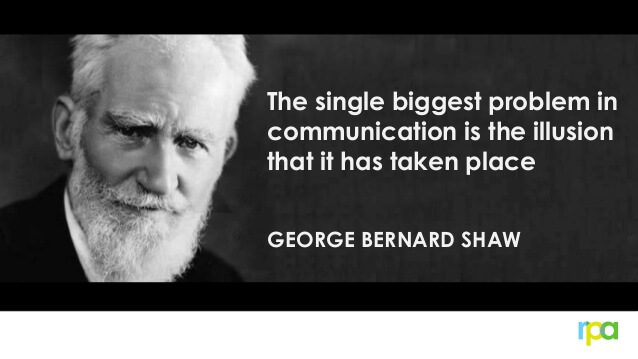
If your team members are using different terminology to define steps of the hack sales process, get ready for things to get real confusing, real fast.
If you don’t have a common sales language in place, it’s very probable you will experience a breakdown in communication between sales managers and sales reps.
Not to mention, sales meetings can get really confusing if everyone is using different words to define the same thing.
6 Your Sales Team Isn’t Aware of Why a Product Doesn’t Sell
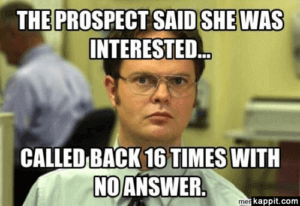
Ask your sales team why a lead should buy your product, and you are likely to get a pretty sufficient sales pitch, but what about those prospects that never transition into customers?
Can your sales team tell you why a product or service didn’t result in a sale?
Commonly, if your team doesn’t have a concrete process in place, you will notice sales reps taking full credit when making a sale and placing the blame on external factors that are beyond their control when a sale falls through.
This really doesn’t help you, does it?
If a sale converted – great! What part really sealed the deal?
How can it be utilized in the future? Conversely, at what part of the sales process did your lead get cold? How could you handle this differently in the future?
You often learn more from your failures than from your successes. These important bits of information can help you develop an even sturdier sales process.
7 Your Team Isn’t Researching the Target Audience
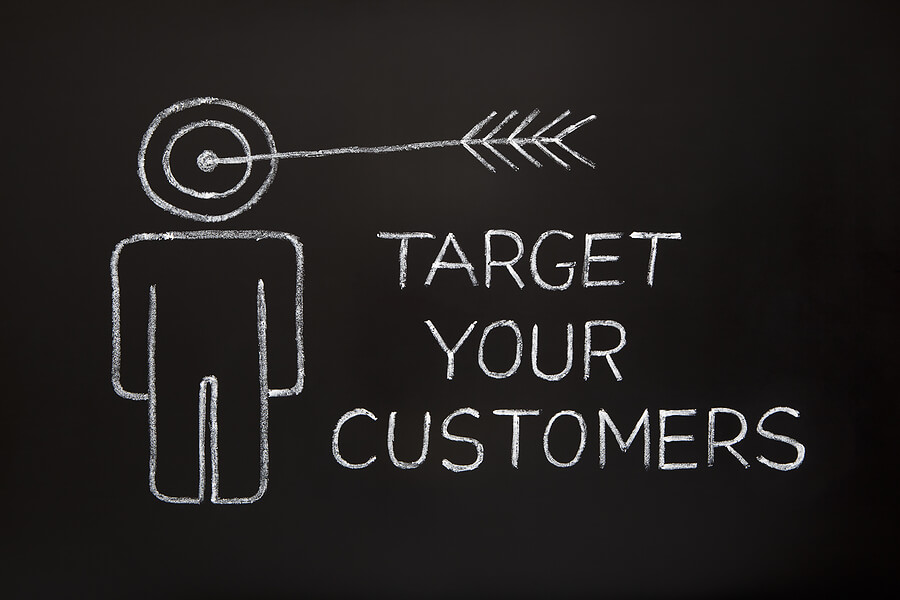
If you are getting lots of unqualified leads, there is likely a breakdown in your lead generation process.
It’s like fishing in a pond of trout when you are looking to catch a swordfish. If you don’t change your location, you won’t find what you are looking for.
Your team may be off the mark because they don’t have a clear idea of who their ideal prospect is.
Sure, they may have their theories of what makes a great buyer, but if you don’t clearly identify your audience, too much is left to speculation.
Once your team is set on the same definition of the target audience, begin searching to find where they are.
Often lead generation programs fail (or attract the wrong audience) when they don’t break up their audience into their desired demographics.
8 Your Sales Team is Inconsistent
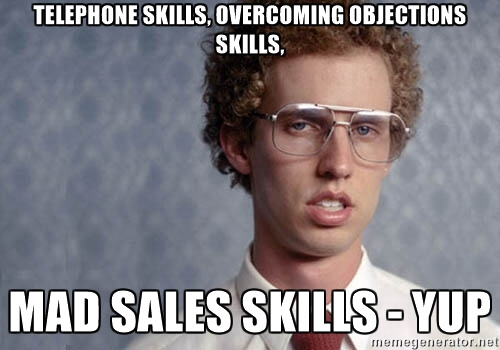
This is something you are likely noticing is a trend here. A proper sales process must be consistent, and you know what? When the process is consistent, the sales will become consistent as well.
If your sales quota achievement is all over the board and rarely consistent, then your sales process is likely in a similar state of disarray.
Each sales person should be attempting to hack sales to the next level in the same way.
When they aren’t, your sales will be just as inconsistent as their attempts to advance the sale.
Why a Tried and True Sale Process is Essential
Simply put – a poor sales process = poor sales!
Once you have a strong sales process in place, everything becomes a whole lot easier!
From evaluating sales rep performance to figuring out why people are falling out of the sales funnel at a specific step in the process to hack sales – once your team is all on the same page, it will start running like a well-oiled machine.
How to Rebuild Your Current Sales Process
This blog post from leadsimple.com illustrates a great 5 step model for refining your sales process:
- Document how your sales process is currently running. Simply concluding that your current sales process isn’t working is not enough if you want to hack sales. You need to critically examine your starting point. You’ll be amazed at all the things you discover.
- Define your new sales process. Here’s where you create your road map. This is the exciting part where you get to design the best way your sales team can possibly work.
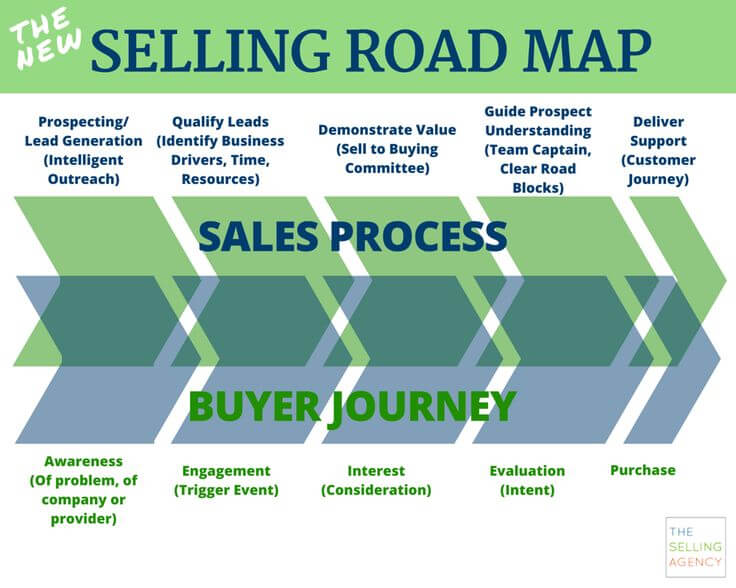
- Place your focus on improving each step in the process. When looking at the process as a whole, it may seem overwhelming. In order to hack sales, break down each step from start to finish and spend time looking at how each can be improved.
- Create a service level agreement. A service level agreement is a set of standards that you hold your sales team to. While not every company employs this policy, many sales teams find success with SLAs. Handling leads is a delicate process; an SLA helps define what is and what is not acceptable. Check out an example here.
- Focus on the process itself rather than short term outcomes. A quick fix would be great, but when it comes to improving your sales process, it won’t happen overnight. Be patient and nurture the process redesign.
 Conclusion
Conclusion
The more patience you execute and the more diligence you put into rebuilding your hack sales process, the more you will be rewarded with great sales and a winning team in the long run!
The 5 techniques we’ve outlined in this blog post are just the tip of the iceberg. There’s plenty more to learn about how to hack sales like a Silicon Valley tech company, and you’ll find that there is no shortage of resources out there for people who want to learn new ways to sell their products online – even if they don’t have a budget for expensive marketing campaigns.
So keep reading blogs, checking out YouTube videos, taking e-learning courses–you never know what hack sales knowledge might be waiting around the corner. Or, as one great philosopher said, “The only thing worse than not knowing something is thinking you know everything.”
Want to help contribute to future articles? Have data-backed and tactical advice to share? I’d love to hear from you!
We have over 60,000 monthly readers that would love to see it! Contact us and let's discuss your ideas!

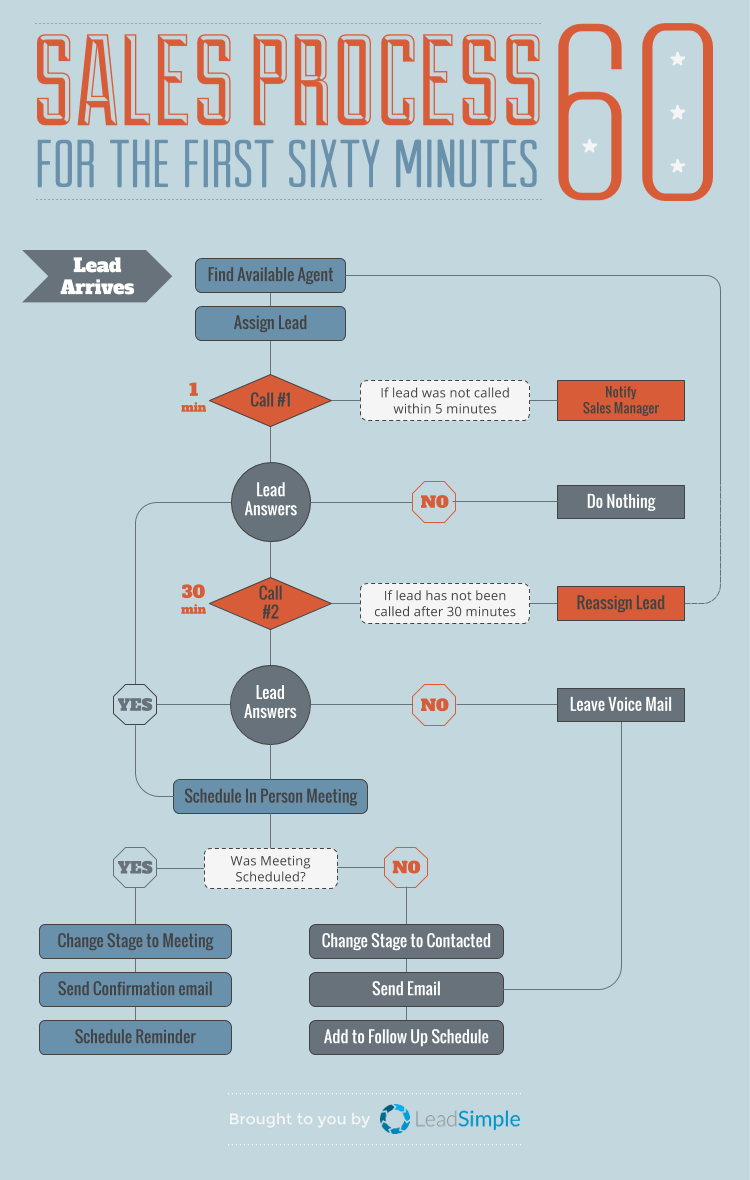 Conclusion
Conclusion
